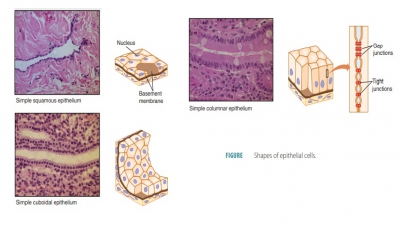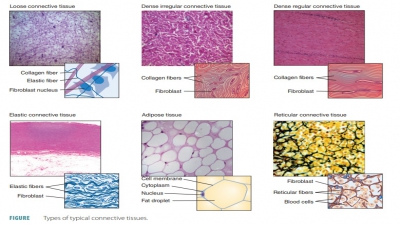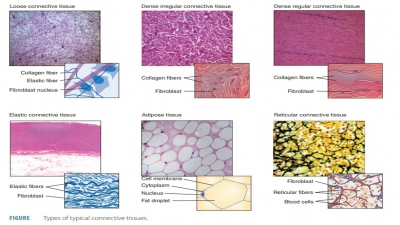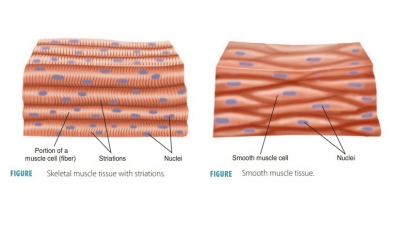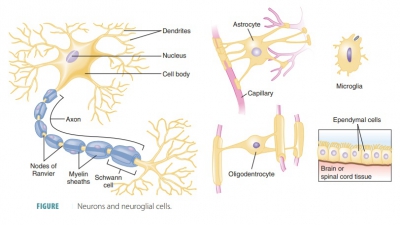Summary
| Home | | Anatomy and Physiology | | Anatomy and Physiology Health Education (APHE) |Chapter: Anatomy and Physiology for Health Professionals: Levels of Organization : Cellular Metabolism
The body’s many chemical reactions constitute its metabolism. A chemical reaction stores and uses energy to maintain homeostasis and to perform all the body’s essential functions.
Summary
The body’s many chemical
reactions constitute its metabolism. A chemical reaction stores and uses energy
to maintain homeostasis and to perform all the body’s essential functions. The
two major types of metabolic reactions that control the use of energy by the
cells are anabolism and catabolism. Anabolism is the building of larger and new
molecules. Catabo-lism is the breakdown of larger molecules into smaller ones.
Every type of cell in the body performs basic chemical reactions.
During oxidation, glucose burns
in the cells to release energy that fuels the process of anabo-lism. Inside the
cells, enzymes reduce the amount of activation energy needed for oxidation as
part of cellular respiration. Redox reactions occur when one substance gains
oxygen or loses hydrogen (the pro-cess of oxidation), causing another substance
to gain electrons (the process of reduction). These are coupled reactions that
are also referred to as redox reactions. When the bonds between the atoms of
molecules are broken, chemical energy is released.
The process of cellular
respiration requires three types of reactions: glycolysis, the citric acid
cycle, and the electron transport chain. Glycolysis involves the breakdown of
glucose to yield lactic acid or pyru-vic acid, releasing energy as ATP. The
citric acid cycle or Krebs cycle involves metabolism of carbon chains of
glucose, fatty acids, and amino acids. It yields carbon dioxide, water, and
high-energy phosphate bonds (ATP). In the electron transport chain, the
high-energy electrons still contain most of the chem-ical energy of the
original glucose molecule. Because oxygen is the final electron acceptor, this
overall process is called aerobic respiration. Aerobic respiration generates
energy in the mitochondria. Anaer-obic respiration occurs outside of the
mitochondria, releasing less energy than aerobic respiration.
Specific sequences of enzymatic
actions control cellular respiration, anabolic reactions, and catabolic
reactions. Each sequence is called a metabolic pathway. Glycogenesis joins
glucose molecules in long chains to form glycogen. The splitting (lysis) of
glycogen occurs when blood glucose levels drop, which is known as
gly-cogenolysis. Gluconeogenesis is the process of forming new glucose from
noncarbohydrate molecules. Fats are the body’s most concentrated energy source,
yet tri-glycerides are the only type of fats regularly oxidized for energy.
Lipogenesis is also known as triglyceride syn-thesis, which occurs when ATP and
glucose levels are high in the cells. Lipolysis is basically the opposite of
lipogenesis and is defined as the breakdown of stored fats into fatty acids and
glycerol. Because the body can-not store excess protein, it is broken down and
replaced before it deteriorates. Amino acids must be deaminated before they can
be oxidized for energy, with glutamic acid being the key molecule used for this
purpose. The most important anabolic nutrients are amino acids, which form all
protein structures and most of the body’s functional molecules. Protein
synthesis occurs on ribosomes, regulated by hormones such as growth hormone,
sex hormones, thyroxine, and others.

